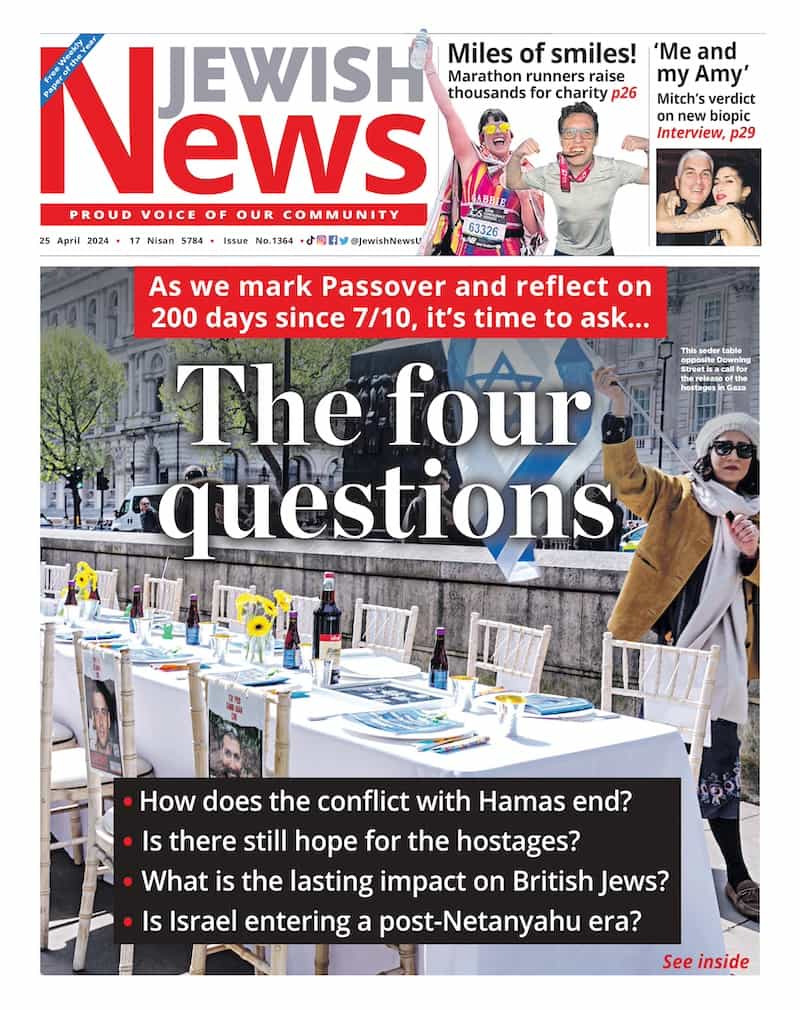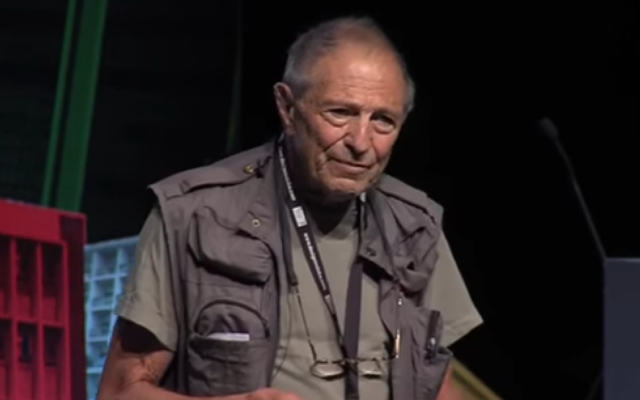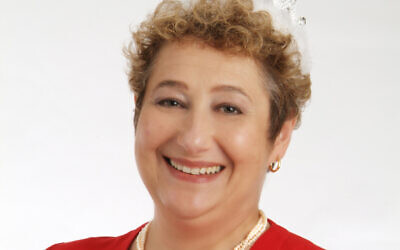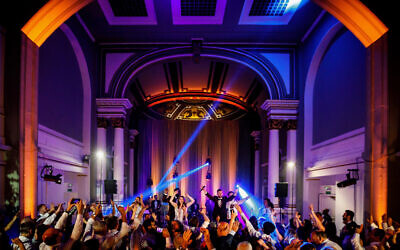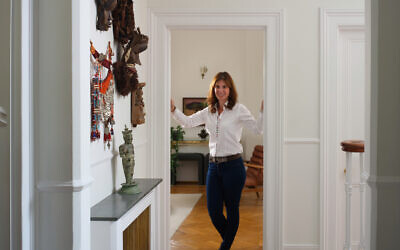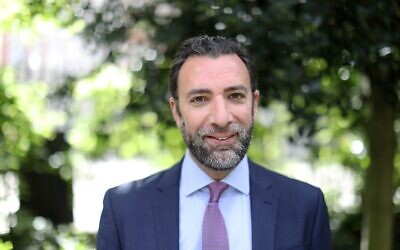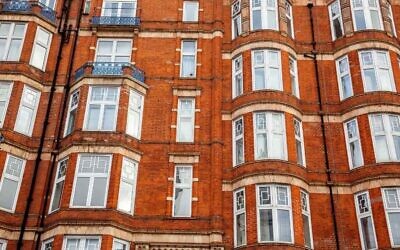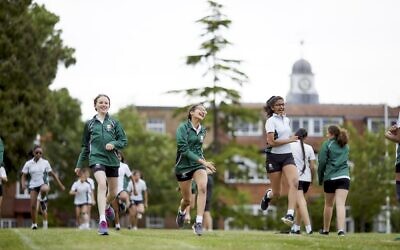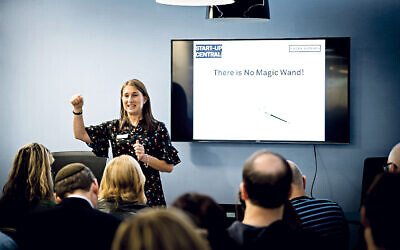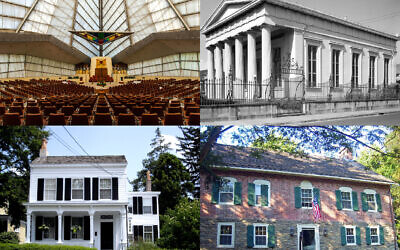South African photographer who chronicled apartheid, David Goldblatt, dies aged 87
South African Jewish Board of Deputies pay respects to legendary Jewish snapper after he passes
David Goldblatt, a South African photographer who for decades chronicled the harsh fallout of white minority rule in his country, has died at the age of 87.
Mr Goldblatt, whose images were shown in media and museums around the world, was a “legend, a teacher, a national icon and a man of absolute integrity”, the Johannesburg-based Goodman Gallery said in a statement.
The photographer died peacefully at his home in the city, said the gallery, which showcased his portfolio.
Mr Goldblatt used his cameras to explore apartheid and its devastating impact on daily lives, photographing blacks and whites in quiet ways that highlighted the state-backed system of racial repression, in contrast to news photography that focused on tumultuous events making international headlines.
Apartheid ended with all-race elections in 1994 which propelled Nelson Mandela to the presidency.
The South African Jewish Board of Deputies wrote on Facebook it is “saddened by the passing of award winning photographer David Goldblatt today. His work in documenting various aspects of daily life throughout South Africa, made him a house-hold name. He was especially famed for capturing the brutalities of the Apartheid regime. He leaves a powerful record of South Africa’s recent political and social history.The SAJBD extends its condolences to the family and friends of the late David Goldblatt.”
Descended from Lithuanian Jewish immigrants, Mr Goldblatt documented South African blacks working in mines or travelling under racist laws that restricted their movements, as well as privileged whites at home, along with routine interactions between the races that showed, in his words, how South Africa’s normality was distinctly abnormal and abhorrent.
He once said: “During those years my prime concern was with values – what did we value in South Africa? How did we get to those values, and how did we express those values?
“I was very interested in the events that were taking place in the country as a citizen but, as a photographer, I’m not particularly interested, and I wasn’t then, in photographing the moment that something happens. I’m interested in the conditions that give rise to events.”
President Cyril Ramaphosa, a close aide to Mr Mandela and key negotiator in the early 1990s transition to democracy, said Mr Goldblatt was a “leading documenter” of the South African struggle.
The president said: “He captured the social and moral value systems that portrayed South Africa during a period of apartheid system in order to influence its changing political landscape.
“Our country remains proud of his contribution to the portrayal of its life through the medium of photography and for leaving an indelible mark in our inclusive literary culture.”
Mr Goldblatt started to photograph his country at the age of 18, and today his photographs are included in collections at the Museum of Modern Art in New York, the Victoria and Albert Museum in London and other museums around the world, according to the Goodman Gallery.
The Centre Pompidou in Paris held a retrospective of his work earlier this year and another exhibition will open at the Museum of Contemporary Art in Sydney in October.
Mr Goldblatt’s archive of negatives will be transferred to Yale University under a recently signed agreement, the gallery said.
His funeral will be held on Tuesday.

Thank you for helping to make Jewish News the leading source of news and opinion for the UK Jewish community. Today we're asking for your invaluable help to continue putting our community first in everything we do.
For as little as £5 a month you can help sustain the vital work we do in celebrating and standing up for Jewish life in Britain.
Jewish News holds our community together and keeps us connected. Like a synagogue, it’s where people turn to feel part of something bigger. It also proudly shows the rest of Britain the vibrancy and rich culture of modern Jewish life.
You can make a quick and easy one-off or monthly contribution of £5, £10, £20 or any other sum you’re comfortable with.
100% of your donation will help us continue celebrating our community, in all its dynamic diversity...
Engaging
Being a community platform means so much more than producing a newspaper and website. One of our proudest roles is media partnering with our invaluable charities to amplify the outstanding work they do to help us all.
Celebrating
There’s no shortage of oys in the world but Jewish News takes every opportunity to celebrate the joys too, through projects like Night of Heroes, 40 Under 40 and other compelling countdowns that make the community kvell with pride.
Pioneering
In the first collaboration between media outlets from different faiths, Jewish News worked with British Muslim TV and Church Times to produce a list of young activists leading the way on interfaith understanding.
Campaigning
Royal Mail issued a stamp honouring Holocaust hero Sir Nicholas Winton after a Jewish News campaign attracted more than 100,000 backers. Jewish Newsalso produces special editions of the paper highlighting pressing issues including mental health and Holocaust remembrance.
Easy access
In an age when news is readily accessible, Jewish News provides high-quality content free online and offline, removing any financial barriers to connecting people.
Voice of our community to wider society
The Jewish News team regularly appears on TV, radio and on the pages of the national press to comment on stories about the Jewish community. Easy access to the paper on the streets of London also means Jewish News provides an invaluable window into the community for the country at large.
We hope you agree all this is worth preserving.

